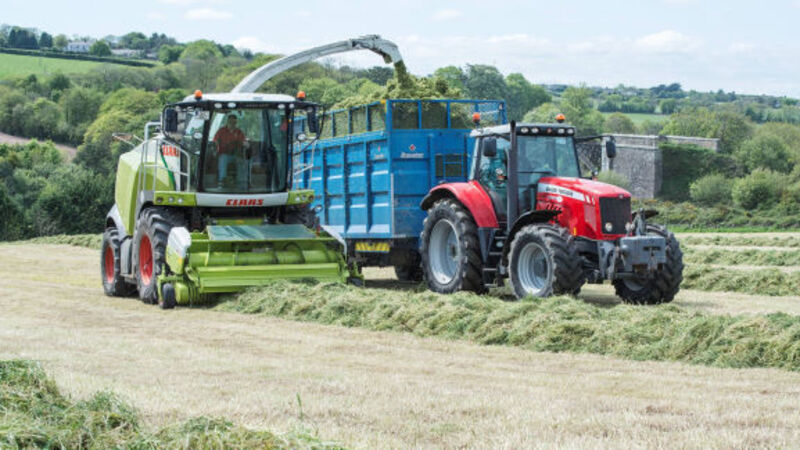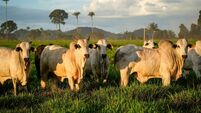Joe Sheehy: Winter feed supplies looking fairly positive

This will be very beneficial for farmers going forward because surplus winter feed is very valuable for the following season to prevent what happened in 2012/2013.
At this stage most serious farmers have updated their winter feed budget. Some farmers have made arrangements to buy maize silage, grass silage, fodder beet and other feeds or have sown some rape or kale. Other options are to purchase whole crop wheat or barley or grain from the harvester at about 20%.
This grain has to be treated with a preservative and is ideal for rolling at this moisture. Crimped grain has become popular in recent years.
This grain should have a moisture content of 30% to 35%. A preservative has to be used and the grain is ensiled in a polythene lined clamp and well consolidated to prevent air entry.
As whole crop and grain purchasing may be a new experience for many farmers very good care should be taken to avoid significant waste.
Best advice should be got from your adviser regarding preservatives, storage techniques, vermin control and usage. Otherwise you could end up with a lot of mouldy bad feed costing you a lot of money.
There are different systems of preserving grain for winter and spring feeding and these systems should be followed precisely. They all come at a cost and have advantages and disadvantages. If 2020 targets are to be achieved, buying feed from non livestock farmers will become a common practice. Approximate comparative values are as follows.
The feeding value of forages depends a lot on its dry matter content. A cubic metre of 20% DM silage will weigh 0.77 tonnes and contain approximately 155 kg DM.
If the silage is wetter it will contain less DM per cubic metre. A round bale of silage (30%DM) weighing 650 kg will contain 190 kg DM. A cubic metre of 30% maize silage will contain 225 kg dry matter.
Small square bales of hay weighing 20 kg and 4x4 round bales of hay weighing 240kg contain 17 kg DM and 204 kg DM respectively while a 5x4 bale contains 50% more.
Small square bales of straw weighing 12.5 kg and 4x4 round bales of straw weighing 150 kg contain 11 kg and 132 kg DM respectively.
Most farmers will be purchasing some concentrate feed for the winter and the following is only a guideline regarding their relative feed values. Of course concentrates have to be balanced properly with protein and minerals and this has to be taken into account when comparing feeds for different types of animals.










